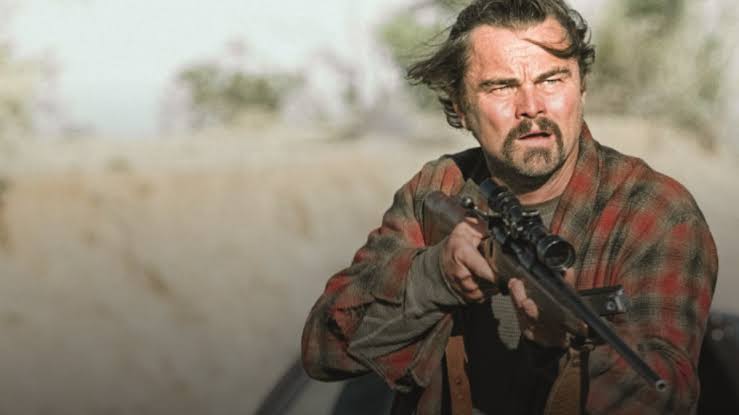Studios keep saying moviegoing is coming back. The data and the calendar suggest something messier: audiences are choosier, platforms fragment attention, and the cost of reaching people has climbed so high that even prestige filmmakers must treat theatrical releases like high-stakes experiments. Warner Bros.’ roll-out of One Battle After Another — Paul Thomas Anderson’s star-studded, often bizarre new film — is a case study in both the problems and the creative workarounds that studios are trying this fall.
The business case for a film like this is complicated. Anderson’s name and Leonardo DiCaprio’s marquee power tilt the risk calculus toward a theatrical push, but art-house sensibilities and a sprawling, satirical story don’t map cleanly onto viral clips or franchise-friendly hooks. Still, early critical response has been unusually strong: the film sits high on aggregator scores, which helps legitimize a theatrical-first strategy when word of mouth matters more than ever.
Warner’s campaign leaned into that tension. Rather than a single all-out trailer blitz, marketing mixed targeted social clips, curated critic screenings, and surprise event screenings that treated the movie like a cultural moment rather than a product to be force-fed into every feed. Critics and trade writers have described the campaign as intentionally disorienting — confusing on purpose — so that curiosity and conversation would carry outreach farther than paid ads alone. Early box-office returns suggest the approach can work: the film topped its opening Friday and pulled a respectable debut in a crowded fall slate.
That success, however, exists against a larger headwind: buying reach on social platforms is more expensive and less dependable than it was a few years ago, and younger viewers increasingly discover culture through creator-driven moments or niche communities rather than studio feeds. Industry analysts and marketing reports show ad CPMs rising and audiences splintering across apps and services — which means studios now must stitch together a mosaic of paid, earned and organic strategies to get a film noticed.
The One Battle After Another playbook highlights two competing truths. First, quality still travels: a distinct, well-reviewed movie can build momentum through critics, festivals and creator endorsements. Second, even that momentum is expensive to amplify; traditional TV spots and wide digital buys remain necessary to reach older or less digitally native audiences. The sweet spot is often a hybrid campaign: handfuls of high-impact, brand-safe placements paired with nimble short-form content and invitation-only events that generate earned media and social proof.
Studios are also hedging release and revenue strategies more aggressively than before. Theatrical windows, premium formats and fast digital release plans are being mixed to capture multiple audience segments — cinephiles who want the theatrical experience and the broader crowd willing to stream a film a few weeks later. That operational complexity adds another marketing challenge: each release path needs its own messaging and timing, and missteps can dampen the word-of-mouth engine that independent-minded pictures rely on.
For filmmakers and marketers, the takeaway is pragmatic: no single channel guarantees success. Creative campaigns that spark conversation — whether by embracing ambiguity, leaning into a star’s persona, or staging experiential moments — remain valuable. But studios must also accept higher acquisition costs, lean on critical endorsements, and plan for a multi-window life cycle that extends a film’s relevance beyond opening weekend. One Battle After Another isn’t a template so much as a reminder: in today’s attention economy, movies must earn the conversation before they can convert it into tickets.










